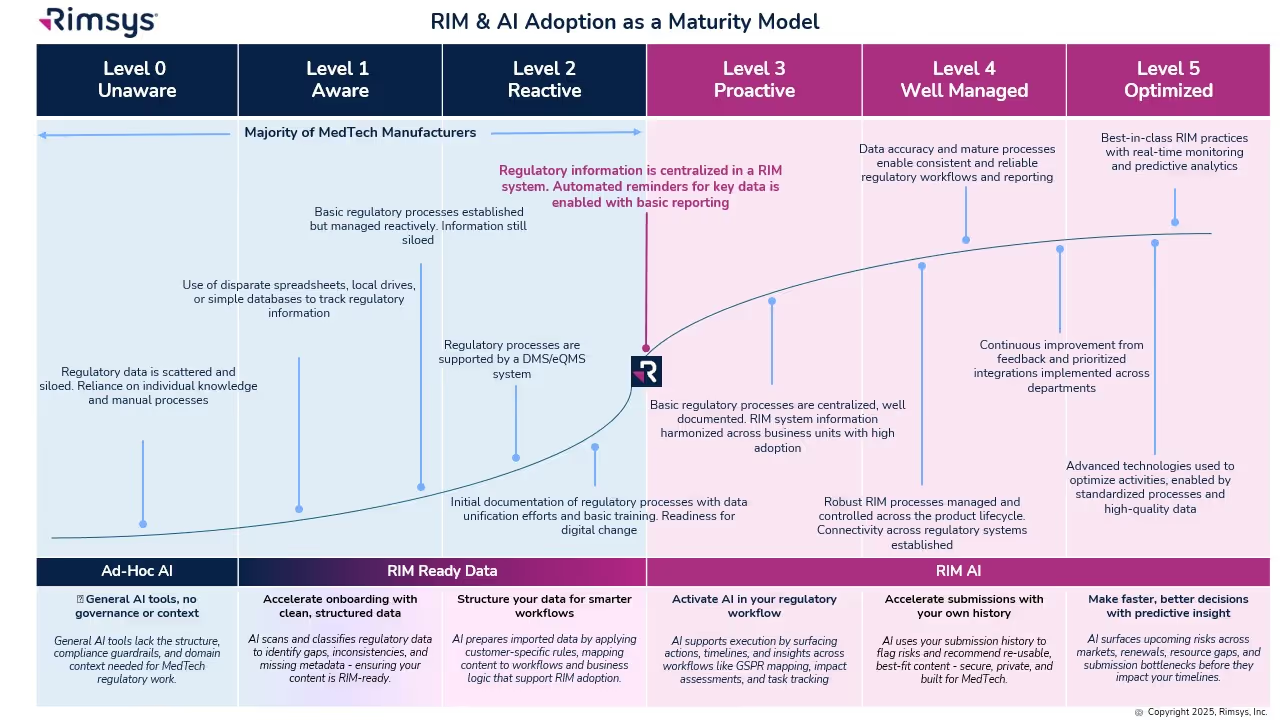
The latest announcement from the European Commission (EC) recommending an extension to the MDR transition period has led to sighs of relief throughout the healthcare community in the EU, where providers and patients have been concerned about the ongoing availability of life-saving medical devices. Medical device manufacturers, however, have no time to waste in moving forward with MDR certifications for their devices.
On January 6th, the EC adopted the proposal recommended a month earlier to delay the full implementation of the Medical Device Regulation (MDR). The EU’s parliament and council now needs to issue final approval for the proposal, which will be processed through an “accelerated co-decision procedure.” While the proposed changes give medical device manufacturers some breathing room in recertifying existing devices, the changes do not apply to all devices or all situations and are not designed to allow manufacturers to delay the entire process of becoming compliant with MDR requirements.
Yes, if the proposal is approved by the European Commission as it is written today, your MDD-certified device may be able to remain in the EU market longer – the end of 2027 for high-risk devices and 2028 for medium- and low-risk devices. So, why do regulatory teams need to push forward as quickly as possible with MDR certification projects?
1. No extension for IVD devices
The proposed extensions to the transition periods apply only to medical devices covered under the MDR. The original deadlines for IVD devices as defined by the IVDR remain in place:
- May 26, 2025 - Class D IVD devices
- May 26, 2026 - Class C IVD devices
- May 26, 2027 - Class A sterile IVD devices and Class B IVD devices.
2. Lack of Notified Body resources
In April, 2022, a survey of MedTech Europe members revealed that MDR certificates had not yet been issued for more than 85% of the 500,000+ medical devices certified under MDD or AIMDD. Currently, certifications for lower classifications of devices take approximately 10 to 18 months; and for more complex products, the certification timeline can be two years or more. The number of Notified Bodies certified to review MDR applications remains low, and even if Notified Bodies are able to add resources in the coming years, review timelines will only become longer as companies rush to certify the hundreds of thousands of devices expected to remain on the market. The challenges will be even greater for smaller manufacturers and others that do not already have an established relationship with a Notified Body.
What does this mean for medical device manufacturers today? For those with higher-risk class devices, assume a 2-year certification period – which means starting the process with a Notified Body as early as possible, given the unknown availability of NB resources in the near future. At the latest, manufacturers need to have signed with a Notified Body by September 26, 2024 (Per Annex VII, Section 4.3 of the MDR). And prior to starting that process, of course, all required data, processes, and documentation should be in place. This means that any manufacturer who has not started this process needs to do so now.
3. Inability to update devices
The postponed MDR deadlines only apply to devices that do not present any unacceptable risk to health and safety and have not undergone significant changes in design or intended purpose. Any medical device certified under the MDD to which significant changes are made will need to recertify under the MDR before the updated device is placed on the market.
4. EUDAMED and UDI compliance deadlines remain the same
While the exact deadlines for EUDAMED compliance are based on the actual (future) release dates of all modules, The European Commission expects requirements around vigilance, clinical investigation and performance studies, and market surveillance modules to become mandatory by the end of 2024. The Commission is proposing a longer transition period for UDI/device registration and the notified body certificate modules, with a mandatory compliance date around the 2nd quarter of 2026.
Note that the expected EUDAMED compliance dates are prior to the extended MDR compliance deadlines. This means that information not previously tracked under MDD requirements will be mandatory within the next few years. This includes UDI and device information, including Basic UDI-DI (BUDI-DI). Post-market surveillance (PMS) and periodic safety update reports (PSUR), requirements of the vigilance and market surveillance module, also become required upon EDUAMED implementation.
5. MDR certification may affect registrations in non-EU countries
An increasing number of countries outside of the EU will accept CE certification as a path to accelerated market approval. In some countries, such as China, proof of certification in the device’s country of origin is required. It is unclear how these requirements will change in recognition of MDR requirements and deadlines. If your current regulatory strategy requires country of origin for the European Union, you may experience a more burdensome application process in other markets.
6. Opportunity to create a competitive advantage
Instead of looking at MDR as an obstacle to overcome, medical devices manufacturers would be well advised to take this as an opportunity to create a competitive advantage. Companies without the necessary resources to re-certify all existing devices are expected to remove products from the EU market in the coming years. In addition, those companies who wait will likely experience higher costs and longer delays in obtaining certification – creating additional opportunities for their competitors.
And don’t forget that the transition period extensions apply only to legacy devices - any new products entering the EU market will require certification under MDR before being placed on the market!
If your data and processes aren’t yet fully ready for MDR, implementing a Regulatory Information Management (RIM) system as part of the process can create additional advantages beyond streamlining the MDR submission process. RIM systems digitize, automate, and simplify the submission and tracking of regulatory documents. The use of a RIM system not only speeds time to market, but provides regulatory teams tools for ensuring continued compliance for all products in all markets.
Doing nothing now is not an option
It is important to note that the extensions apply only to manufacturers that already have MDR compliance activities underway and have made an effort to become compliant, including the implementation of a compliant quality management system. Per Annex VII, Section 4.3 of the MDR, manufacturers must submit a formal application for a conformity assessment by May 26, 2024. In addition, the manufacturer and Notified Body must have signed a written agreement no later than September 26, 2024. The intent of the extended transition period is primarily to allow manufacturers to access Notified Body resources, and the Commission appears to be making an effort to limit any incentives for manufacturers to delay MDR certification.
We expect to see leaders in the medical device industry embracing MDR compliance not only as a way to keep revenue-generating devices in market, but as a way to gain a competitive advantage and market share in the coming years.
Want to learn more? Watch a replay of our recent webinar - Impact of the MDR transition period extension.
Similar posts







.avif)

